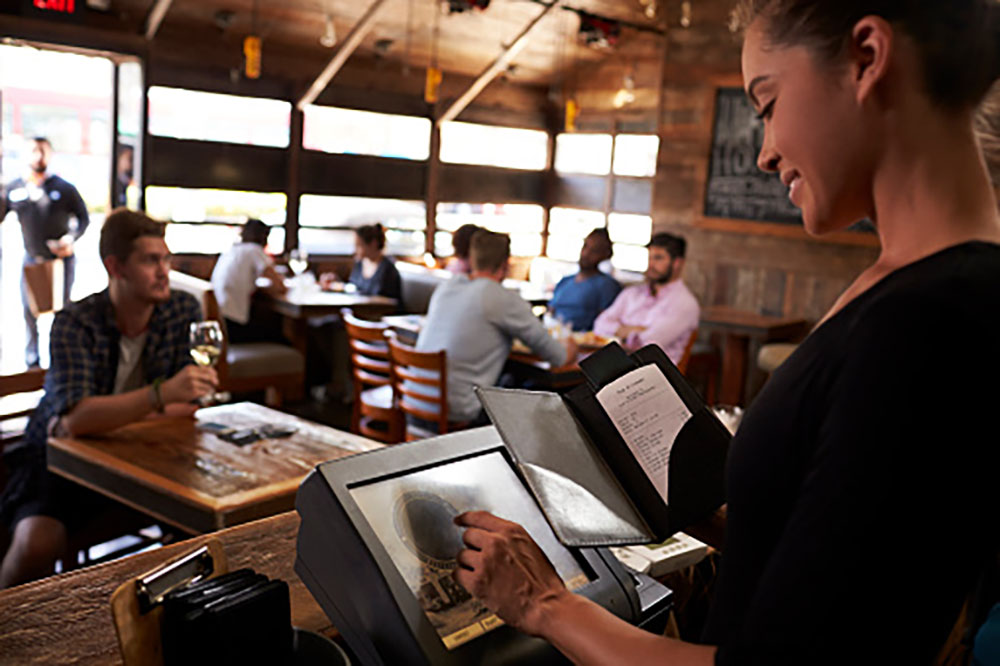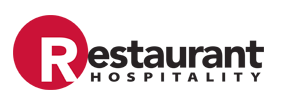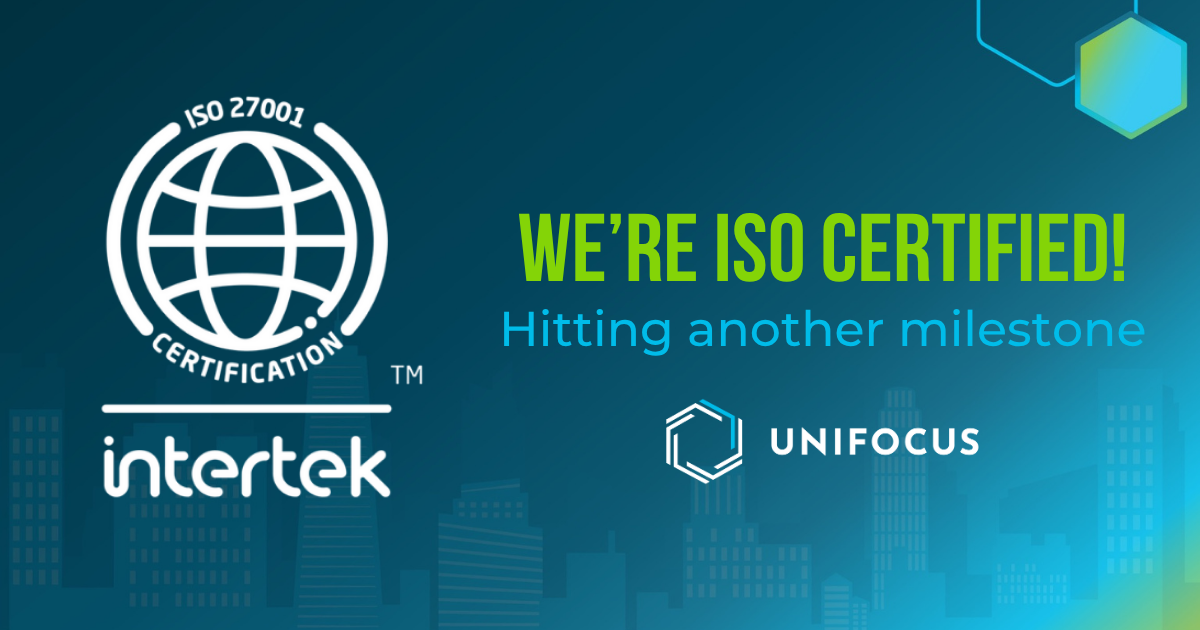March 2, 2016 - Published in Restaurant Hospitality - by Mark Heymann. With more restaurants adopting no-tip policies, operators must find new barometers for gauging success.
Like many of us early in our careers, I once earned a living by waiting tables. At the end of a shift, talk would inevitably turn to how much we’d made in tips. The minimal wage paid by the establishment was inconsequential; we measured our success by the gratuities we earned. We understood that the amount of each tip was largely a measure of that customer’s perception of the service received. Anything above 15 percent reflected a job very well done, and below it, some level of underachievement. And so the possibility of earning substantial money in tips was a powerful motivating factor to provide excellent service.
There’s little doubt that the trend toward automatic gratuities—often listed on the check as a service charge—or a nontipped higher wage provides more stability for service staff (although one could argue that, with the tip included in the bill, patrons are less likely to increase that percentage to reward truly exceptional service). But how does an organization continue to provide real-time motivation to workers whose performance has traditionally been driven by the promise of immediate financial reward for good service?
Looking at it from another angle, while waitstaff in my day would routinely talk about tips earned, rarely, if ever, did we discuss the profitability of the operation, or which customers were likely to return and recommend versus how many left dissatisfied. Does moving away from a tipping model provide a new opportunity for management to better engage servers in the success of the business?
I believe the answers to both of those questions are connected. New motivational approaches must go hand-in-hand with new ways to measure individual and team success.
To illustrate, I’ll borrow an example from a non-guest-facing department, where tipping is not normally a factor. In dishwashing operations, there are several frequently employed measures of success. One is production per hour, but this is more of a financial yardstick over which staff doesn’t have much control. Another, which the team does directly impact, is covers-per-tub—in other words, the number of covers processed using one tub of soap mix attached to the operating machine. When this measure is employed, we’ve seen a great effort by the team to reduce rework (twice-processed dishes) accompanied by an improvement in quality. Higher quality here is a by-product of the staff’s motivation to keep the screens of the operating machines clean: The cleaner the screens, the less soap the machine pulls. Cleaner screens, in turn, produce cleaner glassware and silverware. The point here is that the proper metric can drive motivated performance.
That said, measuring performance in guest-facing and non-guest-facing environments involves different considerations. To motivate guest-facing employees in a post-tipping era will require service organizations to identify new success criteria. It will also require a greater willingness to share operational results with staff. Here are a few metrics that operations might track to use as real-time motivational tools in the absence of tips, or even as an adjunct to tipping:
- Average check. Is the operation achieving its targeted average check, so that every server knows when the full team is optimizing sales? This measure, while outwardly simple, demands accurate cover counts and requires setting effective goals by meal period, or even parts of the meal period; for example, one dinner check average between 6 and 9 p.m. (peak meal time) and another from 9 p.m. to closing (likely more beverages and desserts).
- Intent to return and recommend. Driving customers’ intent to recommend has a direct impact on the growth and success of the business. This requires the operation to have the ability to gather good data and report results daily to keep the team focused on every opportunity to improve both customer retention and intent to recommend.
- Table turns at peak. Another good measure of success is speed of service. This measures the team’s ability to handle peak-level volumes in order to reduce customer wait time and consequently the number of patrons who choose not to wait and go elsewhere. At peak time, the faster service can have a negative impact on average check, but the two need to be balanced for optimal profitability.
- General profitability. Workers—particularly millennials—want to know that they are part of a successful operation and, when properly engaged, will help promote the business. To accomplish this, managers who are used to keeping information close to the vest will need to loosen their hold and share more operational results to help motivate the team.
Environmental impact might also be a powerful metric in operations that employ a large percentage of millennials. In addition to the above-noted metrics, profit sharing, gain sharing and pay for skill can also be added to the equation to help engage and motivate a restaurant’s team. These are just a starting point; individual businesses can develop other metrics based on a clear understanding of the organization’s objectives and feedback from its staff.
In summary, as operating environments change and performance-based tipping becomes less prevalent, it will be important for management to identify new, real-time metrics to ensure continued engagement and high motivation of their servers. Technology can facilitate the process, and access to accurate data will be crucial to meeting these new challenges.







